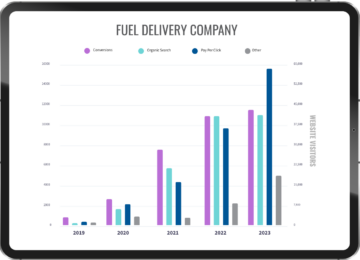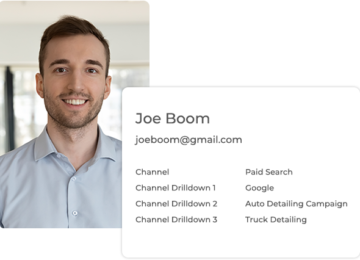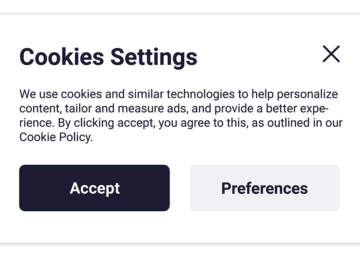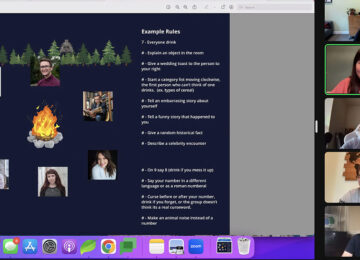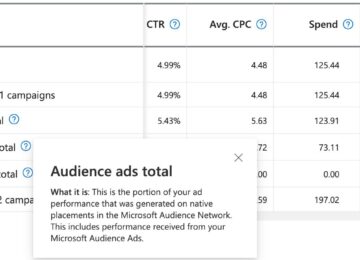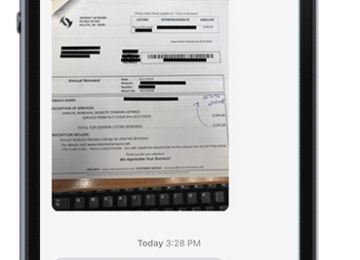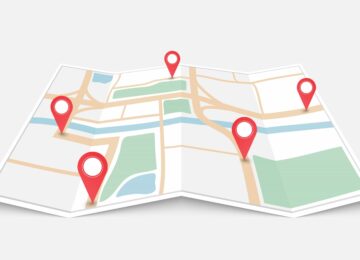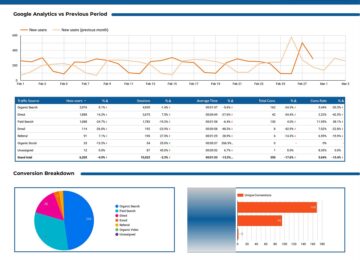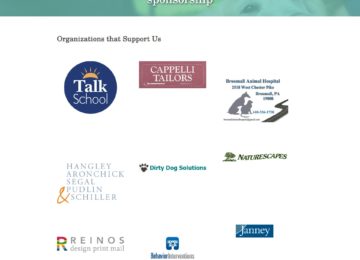 A couple of weeks ago, a few of us on the Boom team were lucky enough to attend Digital Summit 2017 held at the Convention Center in Philly. The Digital Summit Series consists of conferences held all over the U.S. uniting digital content strategists, marketers, and more to learn about the very latest in web innovation. Over two days, we were able to learn from and network with some of the digital marketing industry’s best and brightest. We came home with a bunch of new ideas for our clients’ campaigns and wanted to share with you some of the biggest trends covered at the conference.
A couple of weeks ago, a few of us on the Boom team were lucky enough to attend Digital Summit 2017 held at the Convention Center in Philly. The Digital Summit Series consists of conferences held all over the U.S. uniting digital content strategists, marketers, and more to learn about the very latest in web innovation. Over two days, we were able to learn from and network with some of the digital marketing industry’s best and brightest. We came home with a bunch of new ideas for our clients’ campaigns and wanted to share with you some of the biggest trends covered at the conference.
Below, you’ll find some of our major takeaways. However, we covered MUCH more and would be happy to talk to you about these developing trends at any time! Our current marketing clients can expect these ideas to be implemented in their individual campaigns.
Take Advantage of Facebook’s Expanded Ad Targeting
We know Facebook is important, but it can be hard to put money into the ad platform when you don’t know if you’re getting a good ROI.
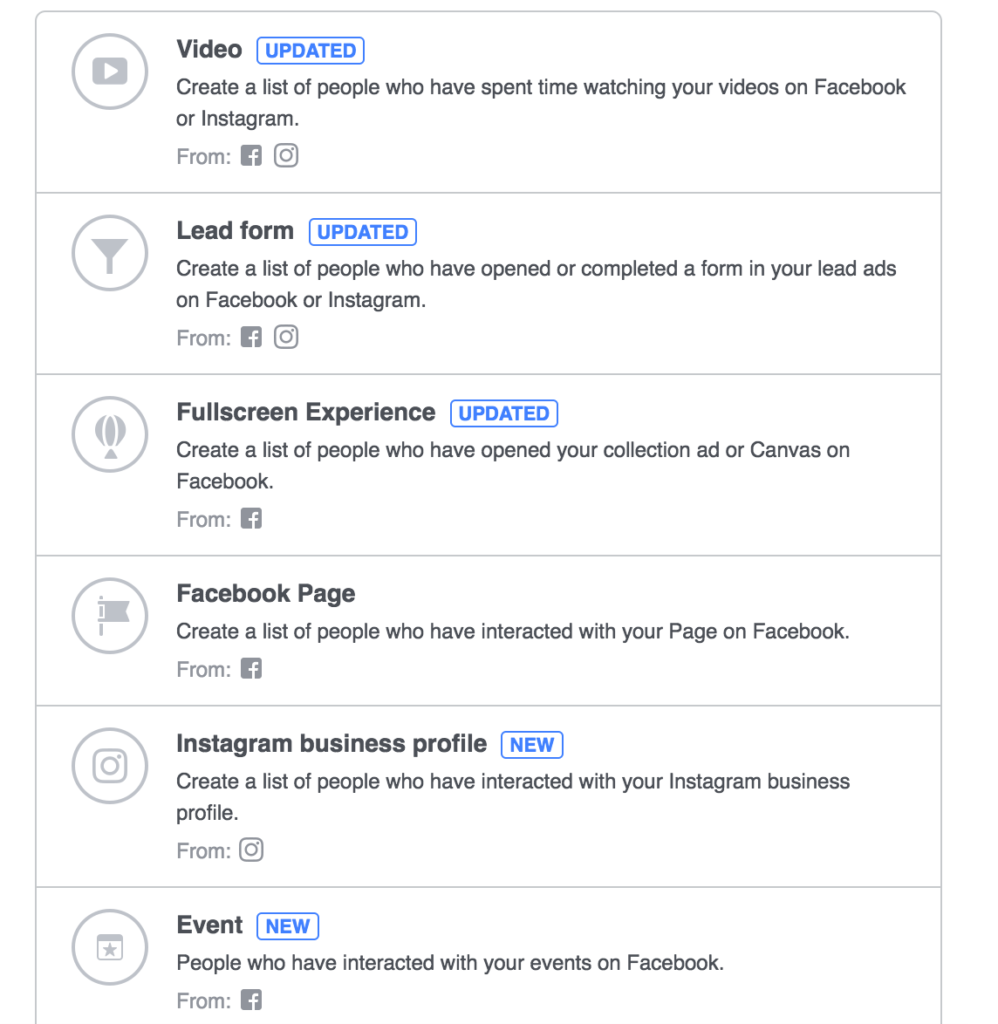
Facebook Ad Targeting Options
Luckily, Facebook is rolling out options that give you the ability to target people who are more likely to engage with your company. We all have experienced remarketing—you visit a website and then all of a sudden you start seeing ads everywhere for that exact product or business you were visiting. Well, Facebook is taking this one step further.
Now you can target people based on whether they watched your recent video, liked a recent post you made on your business page, or were interested in a recent event you hosted.
Make Sure You Know Your Audience!
Ok, so you have all these potential audiences, but how do you know what you want to do next?
It all depends on your goal, but Susan Wenograd gave some helpful targeting tips during her presentation. She suggests that you think about your audiences as cold, warm, and hot.
- Your cold audience doesn’t know you, so target them with your best piece of content that introduces your business. Make them aware of your existence.
- Your warm audience consists of people who know you—they may have interacted with your content before, visited your website, or joined your newsletter list. You want to give these people a reason to take action—buy your product, download your PDF, contact your business.
- And lastly you have your hot audience. These people have been to your website a few times and maybe even made it to your contact page, but they haven’t taken any action. You need to give them an offer they can’t refuse! Present them with a coupon or remind them of a deadline so that they understand the urgency.
Segmenting your audiences helps your to provide the audience with the right content, which ultimately lowers your cost (and hopefully) increases your success rate!
Tailor Your Content Toward What Users are Searching For
It’s crucial that you have a strategy in place for ranking as highly as possible in relevant searches, because that is the most common way prospective costumers browse for a product or service. Just look at these statistics:

Presentation by Jim Keller of Eastern Standard
- 93% of consumers use an internet search before deciding on a product or service
- 86% of searches are not specific to any brand
- 90% of uses click on organic links, not ads
In order to rank highly, think like search engine users. During Quinn Tempest’s presentation, she said that search engine users tend to be looking for information like:
- Cost/price
- Problems/Issues
- Vs/Comparisions
- Reviews
- Best/Top
- Resources pages
So make sure you have pages that provide this information and use this type of language.
Provide the Answer Users are Searching for
Due in part to the rise in voice searches using Google’s voice search app and devices like the Amazon Echo, searches in the form of questions are becoming more common.
If you can figure out what customers are asking and incorporate FAQs into headings or titles, this can help you rank.
One way to find out top search queries is using Google’s suggested searches tool. Simply type in the beginning of a question relating to your business, and see what appears in the window below the search bar. Those suggestions are based on most common searches in your area.
You can also visit sites like KeywordTool.io, where you can enter a keyword and find what users are commonly searching for.
It’s Officially Time to Prioritize Mobile (If You Haven’t Already)

Main room at #DSPhilly
If your website doesn’t perform well on mobile, you could be stunting all of your other marketing efforts. Roughly 60% of Google searches are happening on mobile.
“On average, people over the age of 18 are connected by 4.5 devices at all times.”
-Eric Yale, Forrester
More than that, most people admit to leaving a website and checking out a competitor if the site doesn’t completely load in just a few seconds. That means you have an extremely limited amount of time to grab your potential client’s attention. If your mobile site is difficult to navigate, it’s even less likely that they’ll make it to your contact form.
Apart from user experience, another big concern for those without a mobile or responsive design is Google’s impending mobile-first index. As this update starts to roll out, Google will begin indexing mobile websites ahead of others. In other words, those rankings you’ve worked so hard to maintain could be for naught if you haven’t yet upgraded your website. Desktop websites will still rank, but Google will choose the mobile version over desktop. If your mobile site isn’t up to snuff, it will likely result in a drop in search results. We recommend responsive sites over mobile for this very reason. As Michael King from ipullrank.com bluntly put it in his presentation, “Go mobile or die.”
All in all, we learned a lot and had a great time at Digital Summit this year and hope to attend again in the future. If you were at the conference, be sure to connect with us on Twitter so we can hear your feedback!
